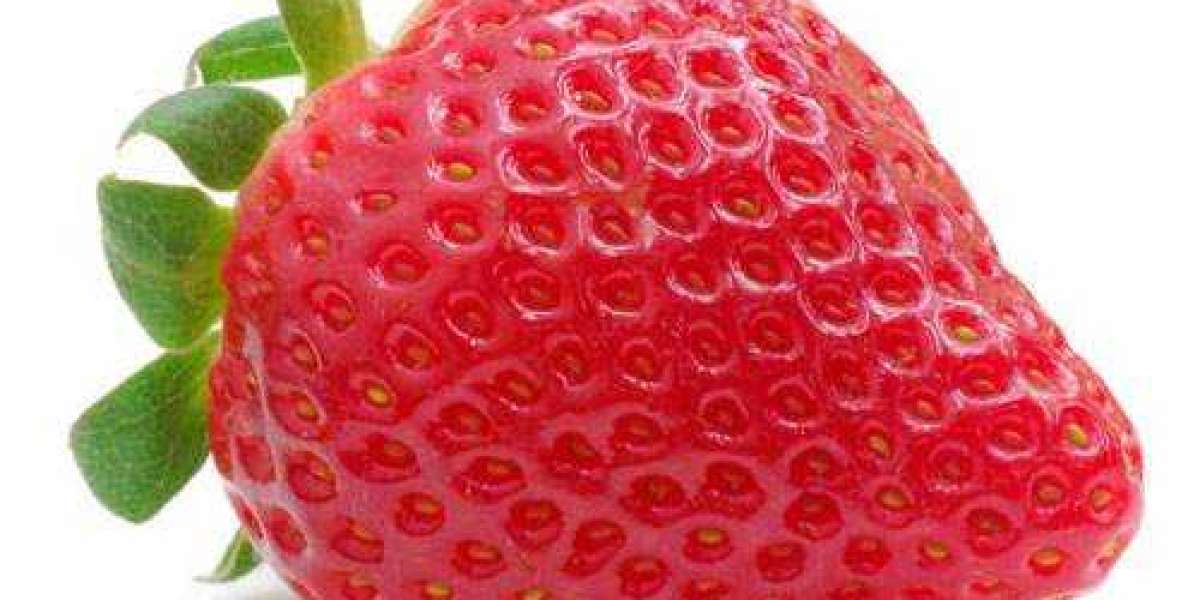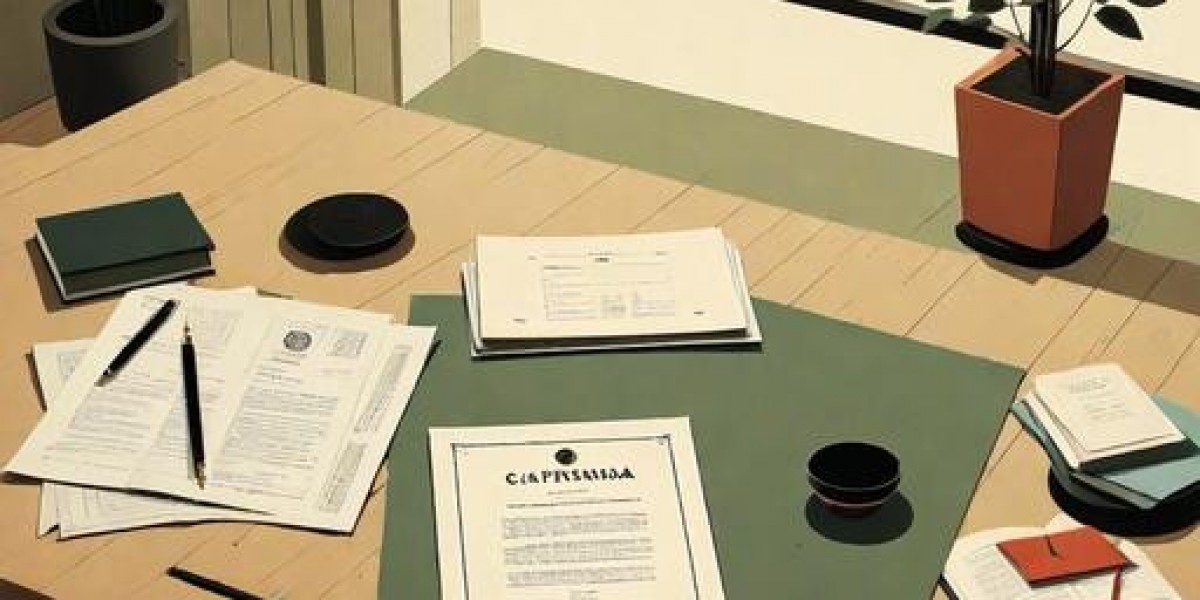In addition to serving as a receptacle for the deceased, a coffin is a powerful symbol of sadness, respect, and the passage of life and death. The design, material, and function of coffins have changed throughout ages and across cultures. The coffin, whether it is a straightforward wooden box or a more elaborate design, is an essential part of funeral customs all around the world.
What Is a Coffin?
A coffin is a funerary box designed to hold the body of a deceased person. It is typically used during funerals, burials, or cremation ceremonies. While the shape, size, and material can vary, its purpose remains universal: to provide a dignified resting place for the dead.
A Brief History of Coffins
Ancient Origins
- The earliest known coffins date back to ancient Egypt, where pharaohs were buried in elaborate wooden or stone sarcophagi.
- In China, coffins were often made of hardwood and were integral to Confucian burial traditions.
- In Europe, medieval burials saw the rise of coffins as a mark of social status and respect.
Modern Developments
Over time, coffin designs became more standardized, and materials like metal and biodegradable options gained popularity. Today, they are available in a wide range of styles, catering to diverse cultural and personal preferences.
Types of Coffins
1. Traditional Wooden Coffins
- Made from materials like oak, mahogany, or pine.
- Often handcrafted with intricate carvings or polished finishes.
2. Metal Coffins
- Known for durability and protection.
- Commonly made from stainless steel or bronze.
3. Eco-Friendly Coffins
- Made from biodegradable materials like bamboo, wicker, or cardboard.
- Designed to minimize environmental impact.
4. Custom Coffins
- Tailored to reflect the personality or interests of the deceased.
- Examples include colorful designs, themed shapes, or even unique materials.
Coffins vs. Caskets
While the terms are often used interchangeably, there is a distinction:
- A coffin typically has a tapered shape with six or eight sides.
- A casket is rectangular with a hinged lid, commonly used in North America.
Symbolism of the Coffin
The coffin is a powerful symbol that transcends its practical function. It represents:
- Finality: The transition from life to death.
- Respect: A tribute to the deceased’s life.
- Protection: A shelter for the body in its final resting place.
- Mourning: A focal point for grief and remembrance during funerals.
Coffins in Modern Culture
Coffins have also found their way into art, literature, and popular culture. From the iconic vampire coffin in Gothic tales to contemporary Halloween decorations, the imagery of a coffin evokes a mix of intrigue and solemnity.







